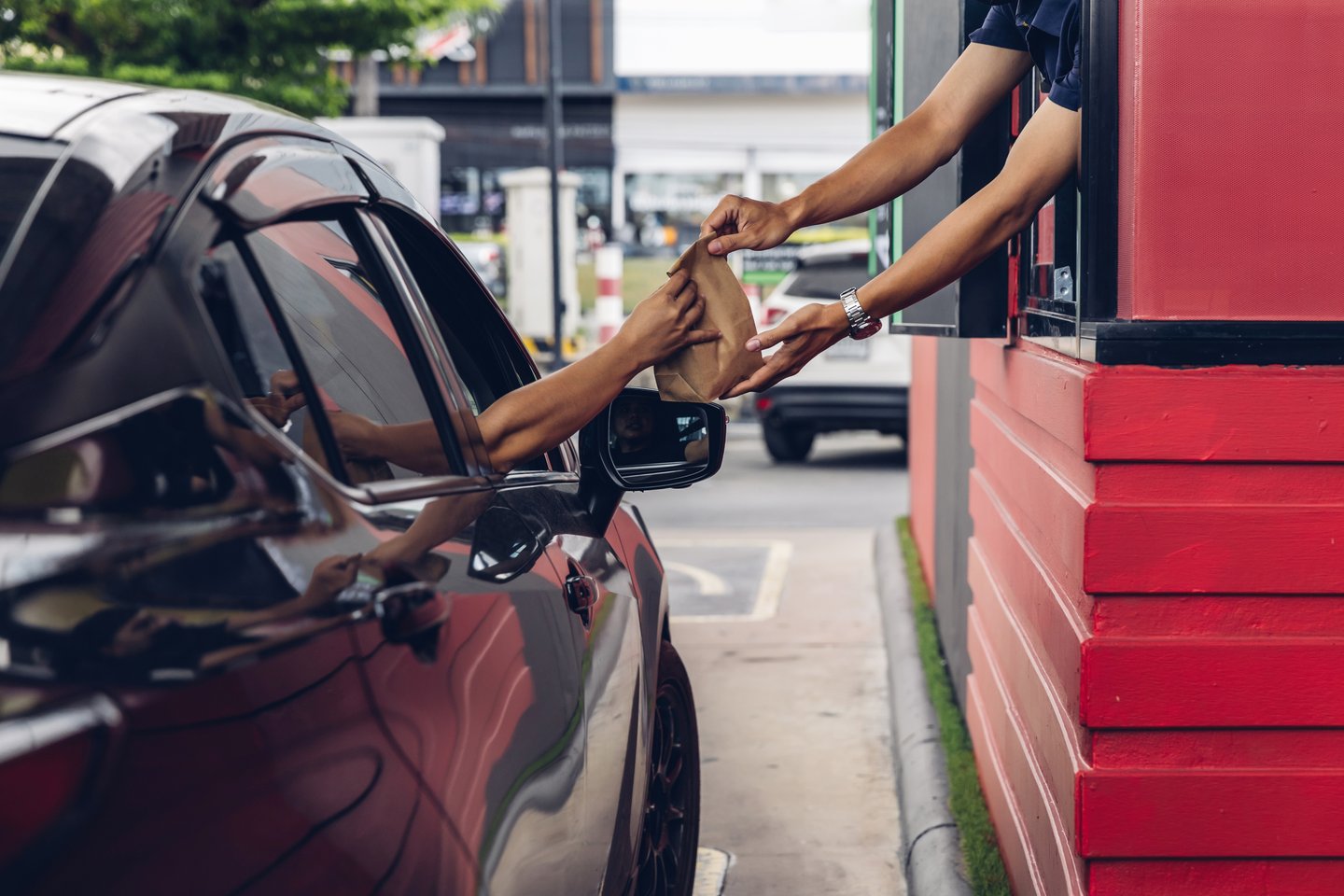Trend Report: Tech Breakthroughs at the Drive-Thru
In recent years, restaurant drive-thru technology has experienced a rapid evolution fueled in part by social distancing during the pandemic. But a more enduring trend is customers’ demand for speed, efficiency, and accuracy. “For many restaurant concepts, the biggest bottlenecks typically are with ordering and payments. Technology, when used effectively, can help to improve efficiency, speed, and throughput at drive-thru,” notes Daniel J. Connolly, Dean of the School of Business, St. John Fisher University. As a result, restaurants — especially in the QSR space — are leveraging innovative technologies to streamline operations, personalize interactions, and maximize revenue. Here, we take a look at restaurant tech solutions that are fueling drive-thru transformation.
Ordering & Payments
“Contactless and mobile payment options are becoming more common, allowing customers to pay without handing over a card or cash,” says Tom Seeker, Chief Information Officer, Earl Enterprises. “Some systems even integrate with loyalty programs, offering automatic discounts or reward points.” Indeed, solutions such as touchless kiosks, mobile apps, and voice-activated ordering solutions allow customers to place orders seamlessly without physical contact. Digital payment options such as mobile wallets and QR codes further enhance convenience and reduce transaction times.
Solink Optimizes Speed, Accuracy & Service Excellence READ
AI-Powered Solutions
“Artificial intelligence is being used to streamline the order-taking process,” says Seeker. “Voice recognition and natural language processing systems can interact with customers, understand their orders, and even make personalized suggestions based on past orders or popular items.” By analyzing customer preferences, order history, and real-time data, AI algorithms can suggest personalized menu items, promotions, and upsell opportunities that can enhance satisfaction and drive incremental sales.
Xenial Ties the Drive-Thru and Kitchen Together READ
Digital Signage and Dynamic Menu Boards:
“Menus need to be simple and easy to read,” says Connolly. “Too many choices and hard-to-read signage will slow down ordering and cause backups at the drive-thru.
“Dynamic digital menus are being deployed at drive-through lanes,” notes Seeker. “These menus can adjust based on time of day, weather conditions, customer preferences, or current promotions. This flexibility helps drive sales and improve the customer experience.” With their ability to display real-time promotions, high-resolution images, and nutritional information, digital menu boards can enhance visibility, promote upselling, and have the potential to engage customers more effectively than traditional static signage.
Robotics and Automation:
“Automation is reducing the need for human intervention,” says Seeker. “Some fast-food chains are experimenting with fully automated drive-through lanes where robots handle food preparation and delivery, and customers interact with screens or AI-based systems for orders.” Automated cooking systems, robotic arms, and conveyor belt systems can prepare and assemble orders with precision and efficiency, reducing wait times and enhancing food quality consistency.
Streamlining Operations
Seeker also notes tech initiatives to enhance throughout in several levels:
- License plate recognition technology allows drive-thru systems to identify returning customers. This can lead to more personalized service, with automatic retrieval of previous orders or tailored suggestions based on past preferences.
- Some drive-thrus now offer mobile apps that allow customers to place orders before arriving. This reduces wait times and streamlines the drive-thru process. Customers can even track their place in the queue through the app.
- Drive-thru operations are incorporating smart sensors to monitor traffic flow, wait times, and order accuracy. This data-driven approach helps optimize staffing, kitchen operations, and customer throughput.
- To increase capacity and reduce wait times, multi-lane and dual-operation drive-thrus are becoming more common. These setups often use advanced queuing and lane management systems to ensure smooth operation.
Security Best Practices
Clark Matthews, Chief Information Officer, El Pollo Loco, notes that security concerns at the drive-thru must be addressed: “Best practices include ensuring there are no exposed network ports, using smart routers that allow communications only for whitelisted MAC addresses, actively monitoring ARP tables for rogue devices, regularly rotating security keys, and limiting compute resources in drive-thru areas to mitigate physical and cyber threats.”





